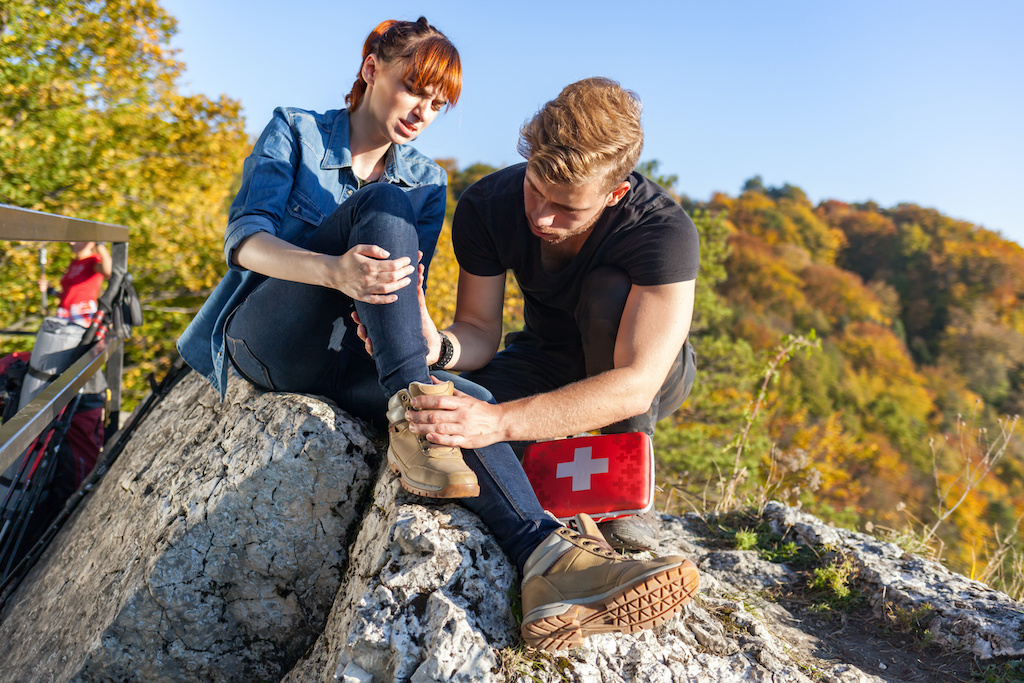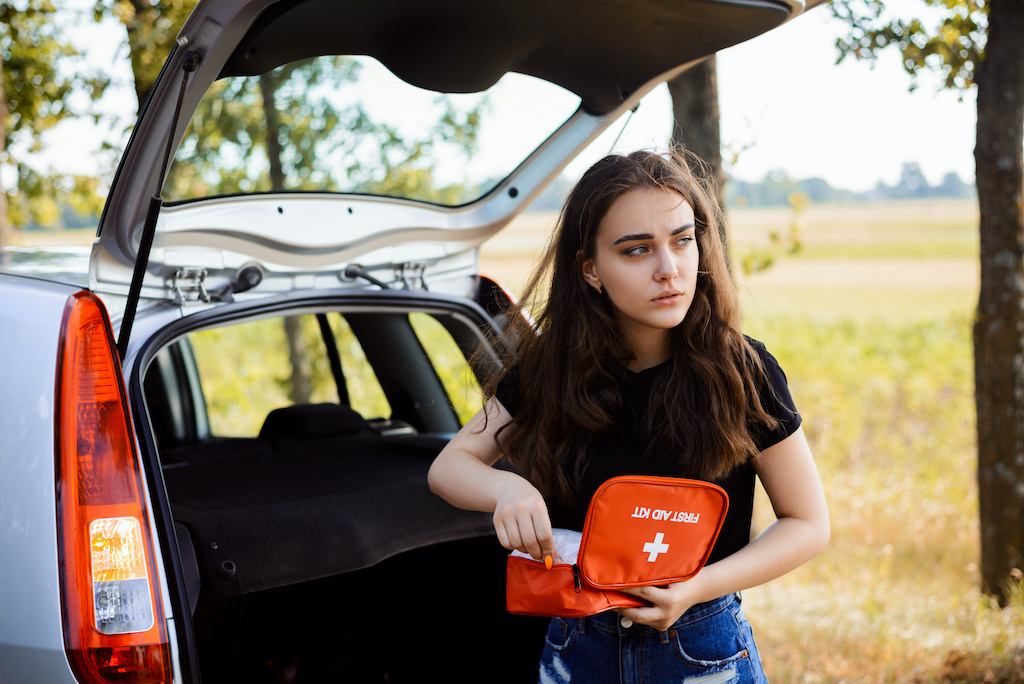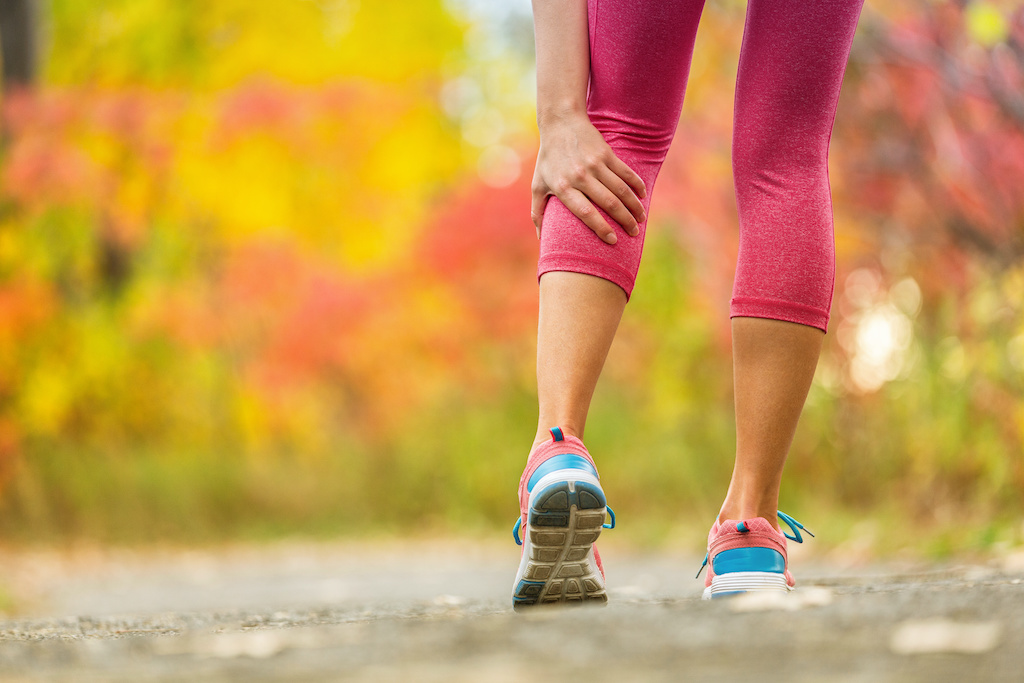How should you put together a first aid kit for sport that allows for as many situations as possible? With 10 essential products you should always have in your first aid kit for sports and knowledge of some ways to react, you will be ready for anything, both when training and when competing!
What is a first aid kit for sports?

A sports first aid kit contains all the elements that are necessary when the common problems encountered during sports sessions or in competition occur. Essentially, these are sports injuries of two types:
- Trauma, such as bruising, muscle pain, cramps, strains or tendonitis.
- Open wounds, occurring after a fall or an injury. In this case, it is a question of disinfecting the area and staunching the flow of blood.
Depending on the context of your chosen sport, your sport first aid kit may also contain enough items to deal with other situations, such as the onset of a migraine or digestive problems, hypothermia, an animal bite or even an insect sting. For outdoor disciplines, a GPS system, a compass and a mobile phone with a charged battery will also be required among the safety equipment.
A sportsperson’s first aid kit: The 10 essential items

Each first aid kit for sports must be customised to meet the needs of the given context, but 10 essential accessories are must-haves in all cases:
- Scissors with rounded ends.
- Dressings precut in several sizes and, where necessary, blister dressings.
- Strap bands or self-adhesive elastic bands to compress a wound or support an injured limb.
- Physiological saline solution, needed to cleanse wounds and possibly serve as eye drops in cases of dust or foreign bodies.
- Plasters.
- Sterile compresses.
- Analgesics and anti-inflammatory drugs to calm pain, for example, NSAIDS or paracetamol.
- A cold pack.
- Ointment to reduce itching and an anti-insect product if you are hiking in a risky area.
- A topical antiseptic product to disinfect wounds, for example, those containing chlorhexidine or povidone-iodine. When on the go, a spray form is ideal.
Depending on the activity being conducted, you may also want to provide a survival blanket for things like mountaineering and hill walking, as well as disposable gloves, a pair of splinter pliers or even sun protection adapted to your skin type and the relevant climatic conditions. Think about also carrying reminders of your current immunisation status against tetanus and report any current drug therapy you are on by placing a note to that effect in your emergency kit, where you can also specify your blood type and any allergies you may suffer from.
When and how should you practice first aid during sport?

Sports injuries can occur in training as well as in competition. In all cases, the activity must be stopped immediately. Here is the procedure to follow for the most common injuries in a sporting context:
- For sprains, stretches or strains, apply cold (ice or a cold spray if you are outside). Put a compression band in place and immobilise the affected limb. If pain persists, see a doctor right away.
- Cramps: These are common and most often not serious. Rub the stiffened muscle and everything should be in order quickly.
- For fractures, notify the emergency services and immobilise the limb with a sling or a shirt, if it is an upper limb, or by securing it with clothes, if it is a lower limb. As a precaution, do not eat or drink in the event of a fracture in anticipation of possible surgery.
- Head trauma: In the event of a blow to the head, watch out for nausea, dizziness or disturbances in balance, signs of which mean you should seek prompt medical attention. Keep your head in line with the spine. If you are with a person who is unconscious from a blow to the head, place him or her in the lateral recovery position while waiting for help.
- For wounds, clean the affected area with water or physiological saline solution, trying to remove as many foreign bodies as possible without touching the wound with your fingers. Apply an antiseptic and, depending on the extent of the wound, protect it with a bandage or sterile gauze that is held in place by some adhesive tape or plaster. Any large or deep wound requires immediate medical attention.
To minimise the risk of injury and use your sports first aid kit as little as possible, do not forget about stretching and warming up. Use sports equipment that is in good condition and remember to eat and hydrate yourself enough for the duration of the effort you will sustain.
Check out our Health & Fitness page for more advice.
